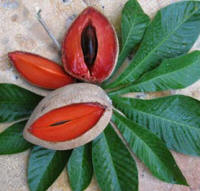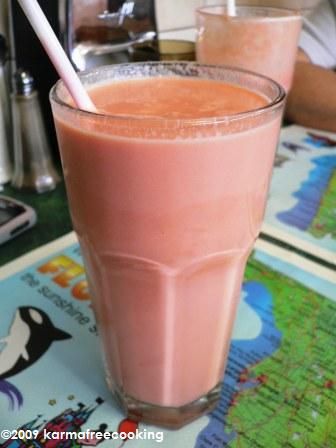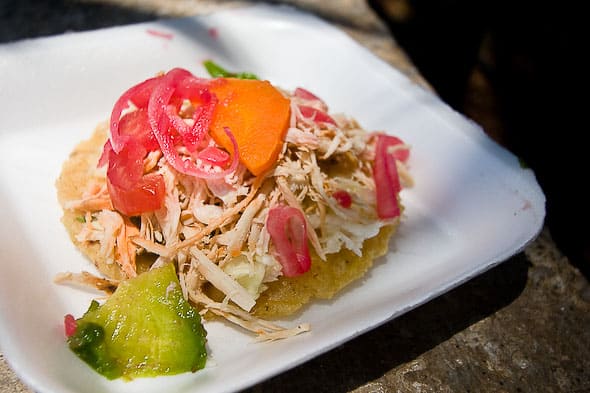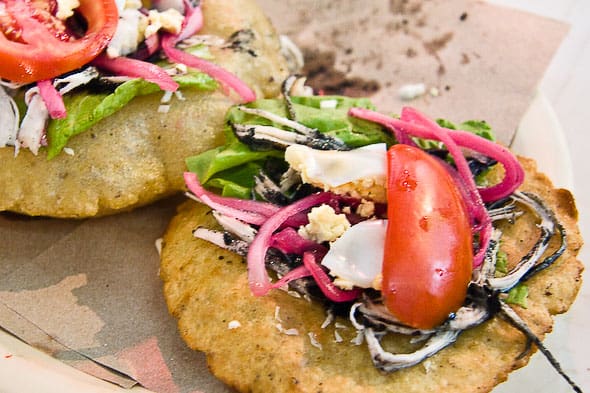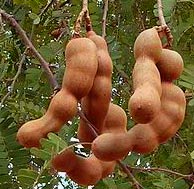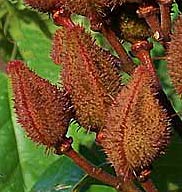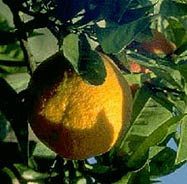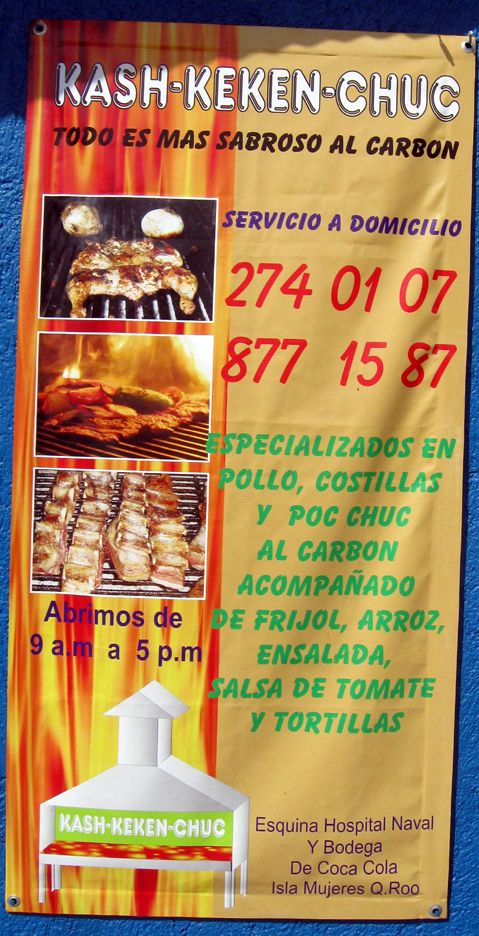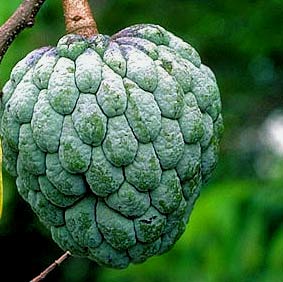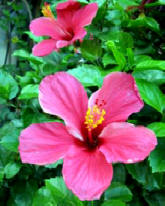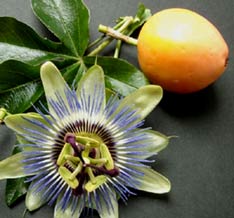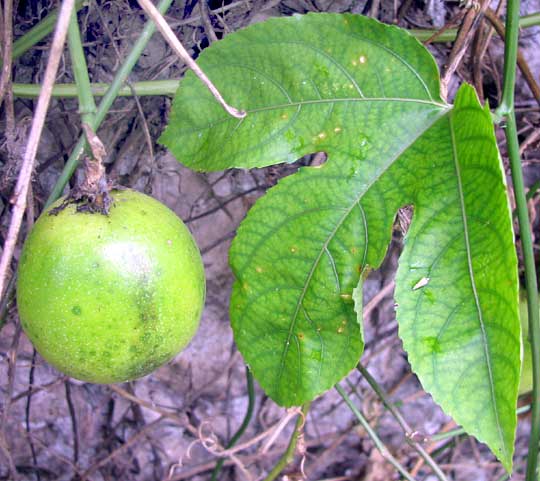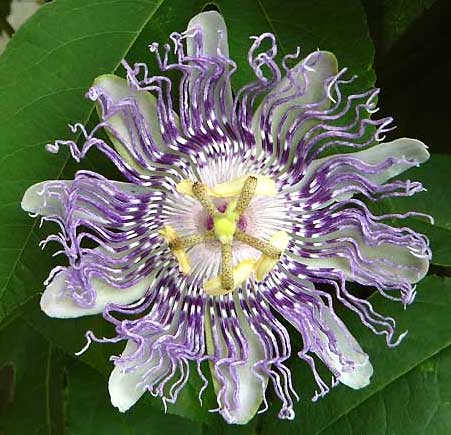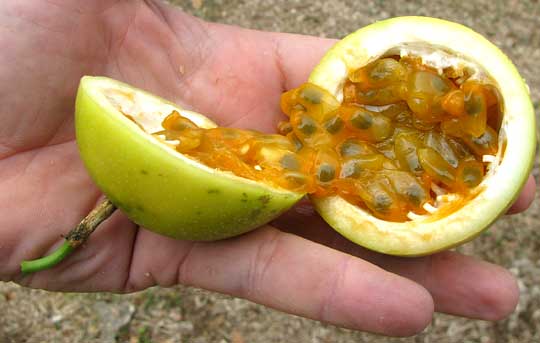
Pitaya (English), Pitahaya (Spanish), Wob (Maya), “chac wob” (pitahaya roja), Hylocereus undatus, Cactaceae Family. "Dragon Fruit"
Pitaya vines grow in the tropics worldwide and are native to Mexico. It grows wild across the peninsula, but not in coastal areas. It is cultivated mostly in gardens, and has commercial potential as an agricultural crop. Agricultural production has been very successful, but there have been problems with marketing.
 |
| The cactus flowers at night in June and the aromatic colorful fruits are harvested until October. |
 There are two other varieties grown in the Yucatan. One is similar in size and taste, but plain yellow in appearance. The wild version is called pitahaya romaine ("xiquín" in Mayan), is more variable in size, and usually is not available commercially.
There are two other varieties grown in the Yucatan. One is similar in size and taste, but plain yellow in appearance. The wild version is called pitahaya romaine ("xiquín" in Mayan), is more variable in size, and usually is not available commercially. 


